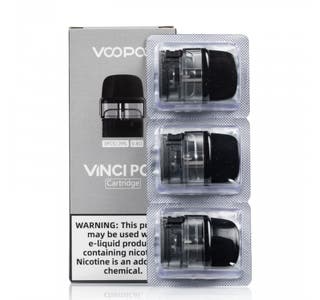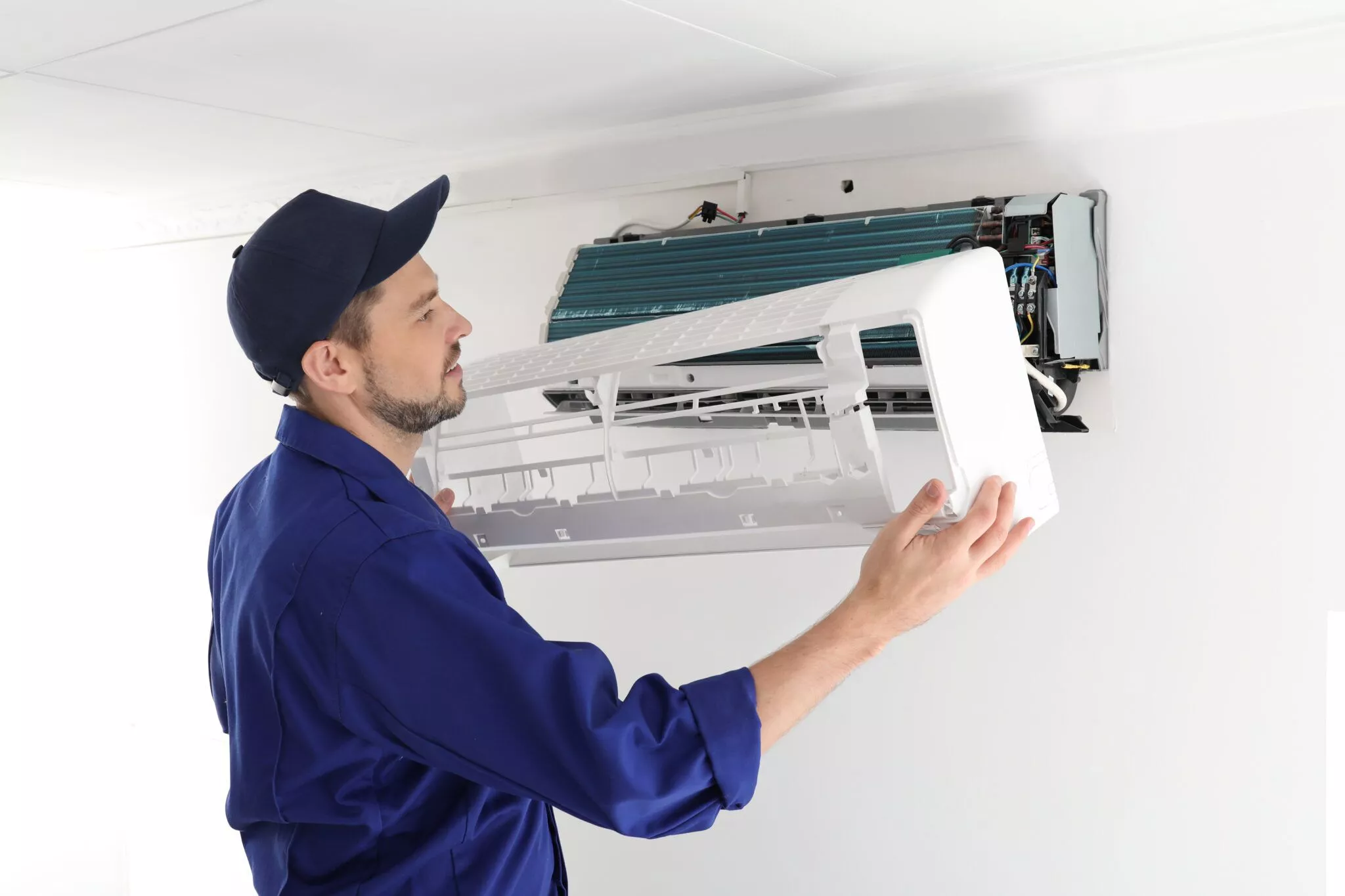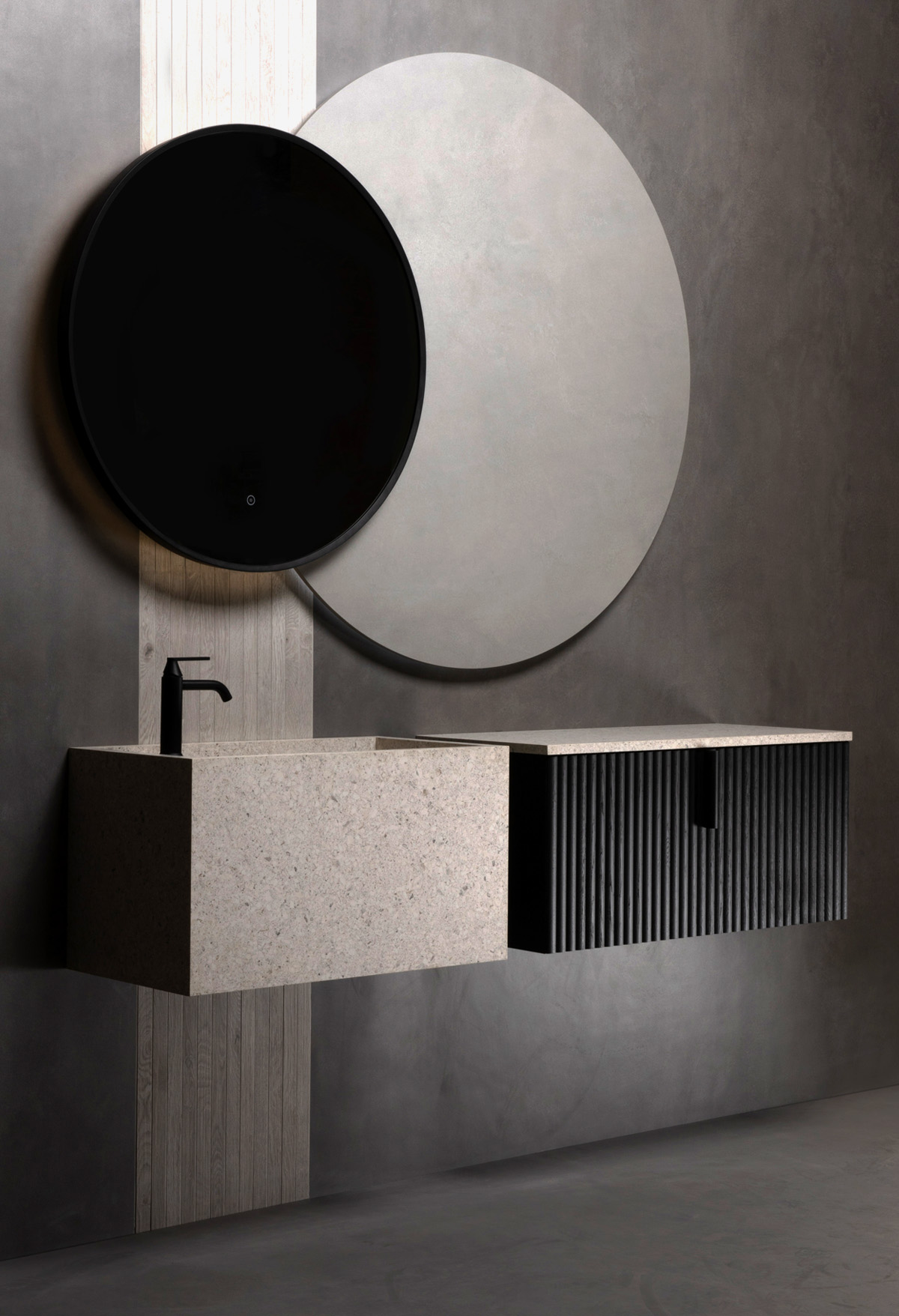Switching to Invisalign braces is a popular choice for those seeking a discreet and effective way to straighten their teeth. Unlike traditional metal braces, Invisalign uses clear aligners that are custom-made to fit your teeth. While this treatment offers numerous advantages, adjusting to wearing Invisalign braces can take some time. Find here some helpful tips to ensure a smooth transition and get the most out of your Invisalign braces.
Follow your orthodontist’s instructions:
Your orthodontist will provide specific guidelines on how to wear your aligners and care for them. It’s important to follow these instructions carefully to ensure the effectiveness of your treatment. Generally, aligners should be worn for 20 to 22 hours per day and only removed for eating, drinking, and oral hygiene. Adhering to these guidelines will help keep your treatment on track and ensure that your aligners fit properly.
Adjust to new sensations:
When you first start wearing Invisalign aligners, you may experience some discomfort or pressure as your teeth begin to shift. This is a normal part of the process and should subside as you adjust. Over-the-counter pain relievers can help alleviate any discomfort. Additionally, you may notice that your speech is slightly affected initially. Practicing speaking out loud and reading aloud can help your tongue adapt to the aligners more quickly.
Maintain good oral hygiene:
Maintaining good oral hygiene is essential while wearing Invisalign aligners. Brush your teeth thoroughly after each meal and before reinserting your aligners to prevent food particles from becoming trapped and causing decay. Flossing daily is also important to remove plaque and debris between your teeth. Clean your aligners regularly with a soft toothbrush and lukewarm water, and avoid using toothpaste, which can be abrasive.
Be mindful of eating and drinking:
While wearing Invisalign aligners, it’s important to remove them before eating or drinking anything other than water. This prevents staining and damage to the aligners. When you’re eating, ensure to rinse your mouth and brush your teeth before reinserting the aligners to maintain freshness and hygiene.
Use aligner cases:
Always store your aligners in their designated case when they’re not in use. This prevents them from becoming lost or damaged and keeps them clean. Avoid wrapping them in tissues or leaving them exposed, as they can easily be misplaced or accidentally thrown away.









